After a long illness, my grandmother Omi died last week. She was 94.
 Born in East Prussia in 1917, she managed to survive World War II with her family intact. This included a harrowing escape from Konigsberg in early 1945 with her three young daughters in tow, just barely ahead of the advancing Red Army.
Born in East Prussia in 1917, she managed to survive World War II with her family intact. This included a harrowing escape from Konigsberg in early 1945 with her three young daughters in tow, just barely ahead of the advancing Red Army.
Eventually settling in the quiet town of Annweiler in the Rheinland-Pfalz, she and her husband Walter (my grandfather) rebuilt their lives and raised the three children. My grandfather was a businessman who owned and operated a metal fabrication plant in town — water tanks, cookware, etc. 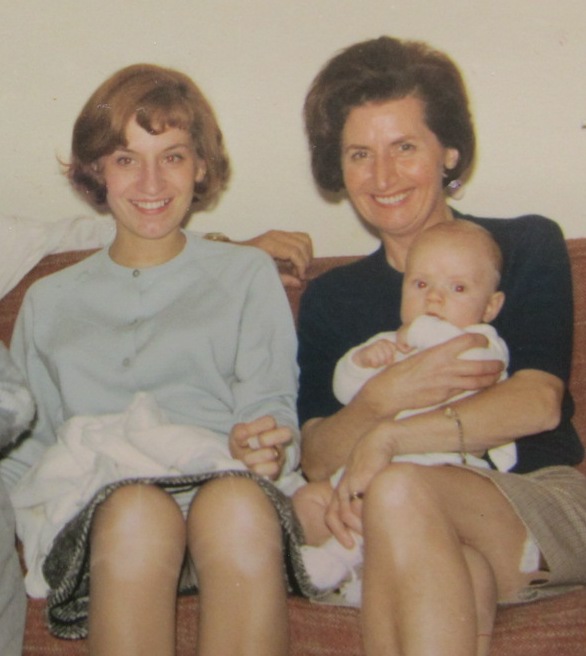 By the early 1960s the three daughters had grown up and started their lives. The eldest (Gisela) married a local lawyer and settled in the nearby city of Mainz; the other two daughters (twins) moved on to new homes farther afield, my aunt (Renate) settling in Munich and
By the early 1960s the three daughters had grown up and started their lives. The eldest (Gisela) married a local lawyer and settled in the nearby city of Mainz; the other two daughters (twins) moved on to new homes farther afield, my aunt (Renate) settling in Munich and  my mother emigrating to the USA.
my mother emigrating to the USA.
My mom met my dad and they started a family. I was part of the first wave of children to hit the three German sisters, and more children soon followed. In the picture to the right you see me in her arms (I’m about 3 months old) and that’s my cousin Stefan, 3 years old and impossibly cute. Every year or two we would pull up and travel over to Germany for some big family get-together, or would host a visit from some of them coming over to the US. Germans get a lot of vacation time from work and so they’re always traveling somewhere!
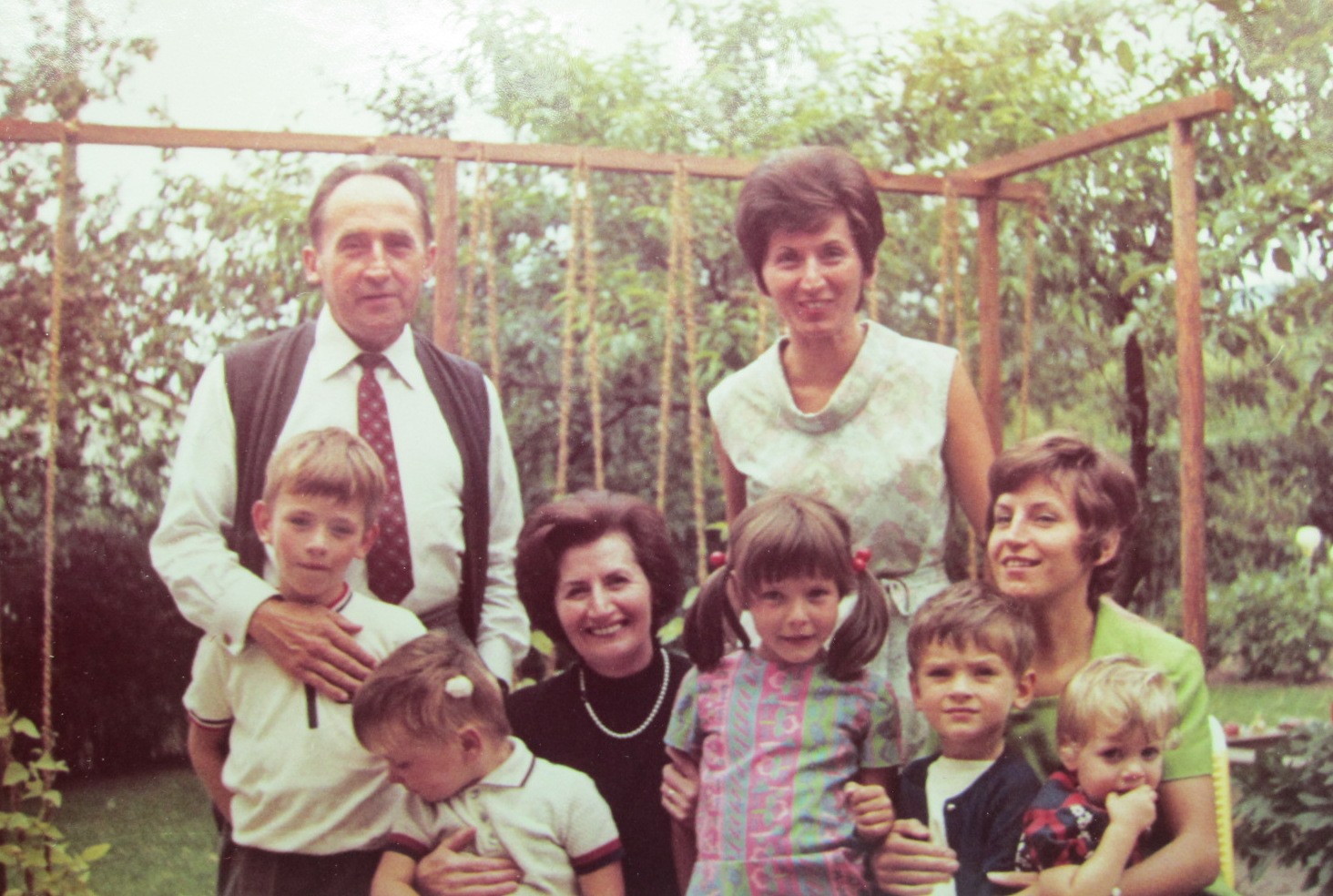 In 1980, we started a small “exchange program” within our extended family, where an American kid would head over to Germany for a year to live and go to school with the cousins, and conversely a German kid would come to the US for a year.
In 1980, we started a small “exchange program” within our extended family, where an American kid would head over to Germany for a year to live and go to school with the cousins, and conversely a German kid would come to the US for a year. 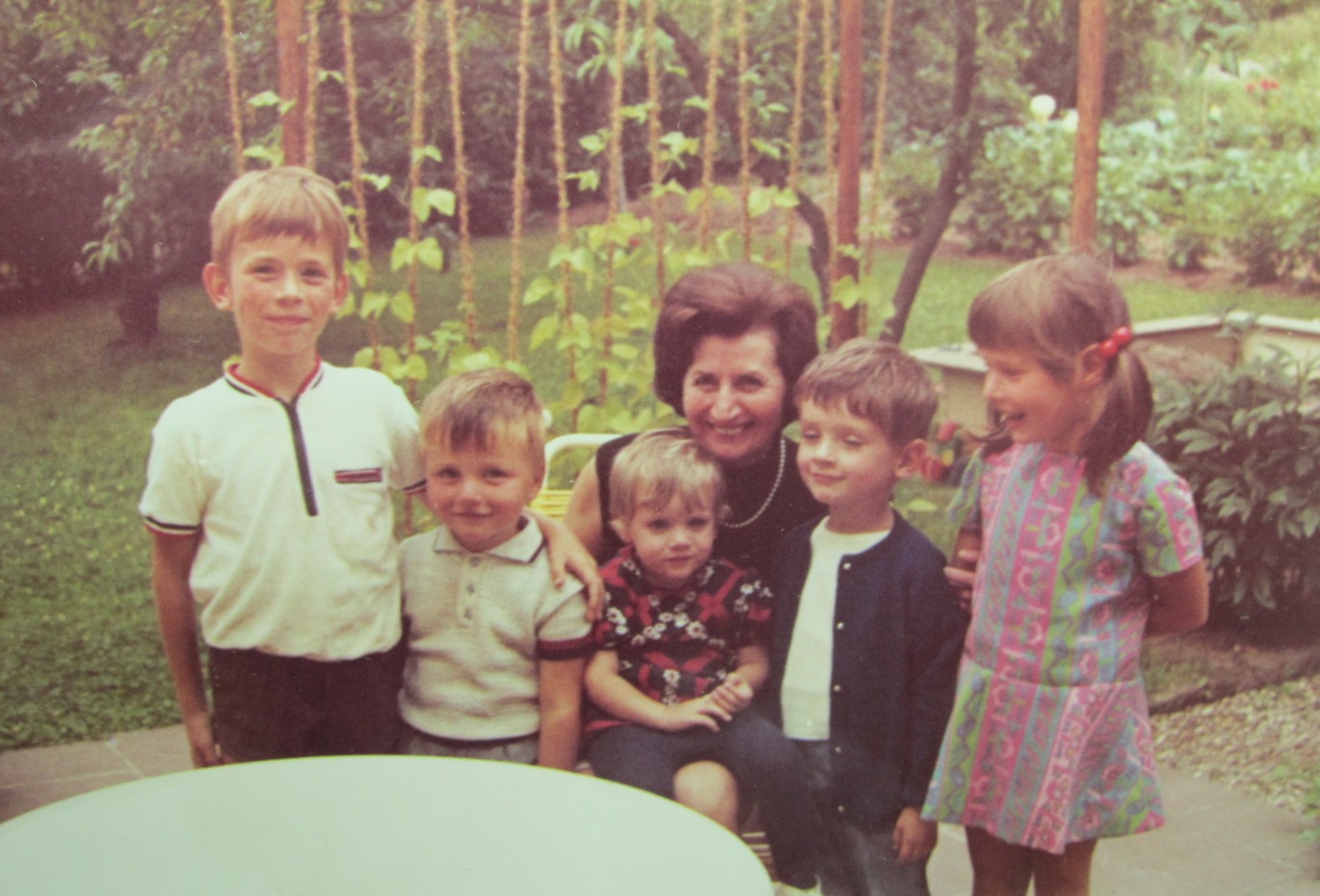 We toggled back and forth like this for something like 15 years. For the 1980-1981 school year, I got to be the first one to do it, and so at the age of 14 I headed to Annweiler to live with Omi (a German term for grandmother similar to “Granny”). She was raising my cousin Stefan, a couple years older than me, so I attended his high school on the top of the hill on the edge of Annweiler.
We toggled back and forth like this for something like 15 years. For the 1980-1981 school year, I got to be the first one to do it, and so at the age of 14 I headed to Annweiler to live with Omi (a German term for grandmother similar to “Granny”). She was raising my cousin Stefan, a couple years older than me, so I attended his high school on the top of the hill on the edge of Annweiler.
 So I spent the year in Annweiler with Omi and Stefan, exploring the town and utterly immersed in German culture. I knew a tiny bit of German before I arrived, but once there I absorbed the language rapidly — it is truly amazing how quickly a child brain can absorb language. I was essentially fluent within months. Well, verbally fluent, where I could slur my way through the conjugations. Masculine, feminine, neuter …
So I spent the year in Annweiler with Omi and Stefan, exploring the town and utterly immersed in German culture. I knew a tiny bit of German before I arrived, but once there I absorbed the language rapidly — it is truly amazing how quickly a child brain can absorb language. I was essentially fluent within months. Well, verbally fluent, where I could slur my way through the conjugations. Masculine, feminine, neuter …
 Grandfather Walter (“Opa”) had passed several years prior, so it was the three of us in the house (Omi, Stefan and me). Already 60+ years old by then, Omi was a dynamo, running the household and keep us two boys in line. Well, mostly me, I think Stefan could do no wrong. She had some incredible gardens all around the house and a big cherry tree in the back that you could climb and gorge on (Julienne and Teresa have a great story about those cherries). At night after dinner we’d entertain ourselves with a board game or just TV, and I remember a few thrilling evening outings with Stefan — thrilling because he was a good 2-3 years older and so all his friends and activities were sooooo exciting for this awkward, dorky teen.
Grandfather Walter (“Opa”) had passed several years prior, so it was the three of us in the house (Omi, Stefan and me). Already 60+ years old by then, Omi was a dynamo, running the household and keep us two boys in line. Well, mostly me, I think Stefan could do no wrong. She had some incredible gardens all around the house and a big cherry tree in the back that you could climb and gorge on (Julienne and Teresa have a great story about those cherries). At night after dinner we’d entertain ourselves with a board game or just TV, and I remember a few thrilling evening outings with Stefan — thrilling because he was a good 2-3 years older and so all his friends and activities were sooooo exciting for this awkward, dorky teen.
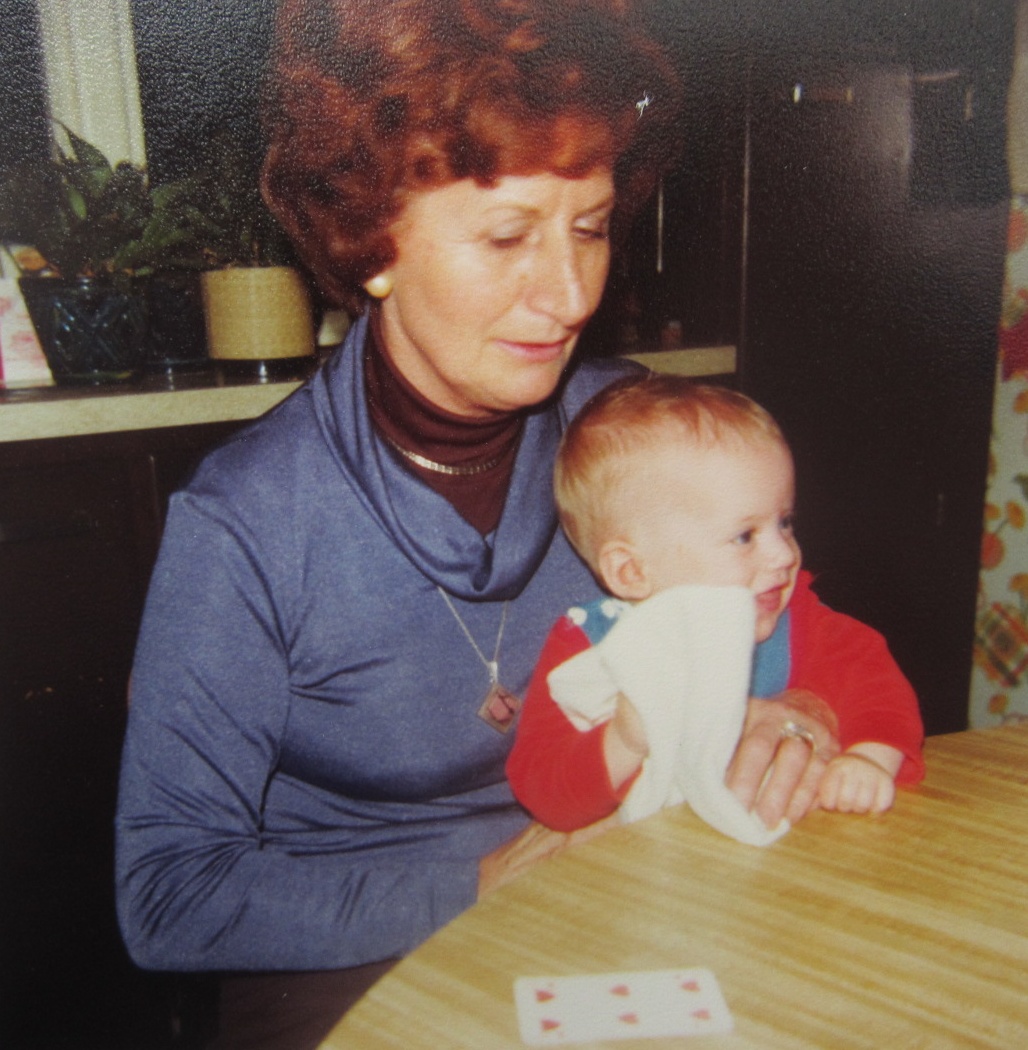 To the left is a picture of Omi with Julienne, my little sister, circa 1978.
To the left is a picture of Omi with Julienne, my little sister, circa 1978.
After my year was up I returned to the US to start regular high school (having spent my freshman year overseas). Entering as a sophomore was a little jarring, and ended up somewhat disrupting my curriculum (and grades). So we all learned from that experience, and while my two younger sisters also eventually went to Germany for a year, they waited until finishing US high school and basically spent a “gap year” in Germany, a 13th year of high school. Further, by then Stefan had completed his studies at the Annweiler school, and had moved on to college, so while my two sisters followed my example in going to Germany for a year, they did so in Mainz with my aunt’s family and our cousins there.
So I was really the only one (of the US kids) to live with Omi and live in Annweiler. She ran a tight ship (and didn’t necessarily suffer uppity teenagers well) but also created a warm and loving household for us to grow up in. And when it was time for family reunions, they were held in Annweiler.
Eventually she sold the Annweiler house (after some 50 years of residence) and moved to Mainz to be close to the family there. As she aged she moved into assisted living but always with the extended family extremely close by and visiting frequently, if not daily!
We had a big family reunion in Mainz in 2008 and I got to see her one last time then (and Sharon got to meet her). I also had a chance to get out to Annweiler and see the old house (now owned by someone else) and meet up with old family friends there.
In June the family will gather in Annweiler and we’ll lay Omi to rest next to her husband. I’ll be proud to be there, representing the Monika / US branch of the family.
Rest in peace, Omi.
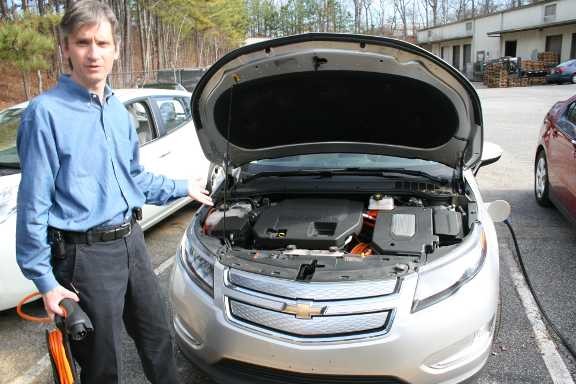 Exactly one year ago today, on December 22nd, 2010, I took delivery on my Chevrolet Volt. I was lucky enough (although you make your own luck) to get one of the first in the country — mine was in the very first batch that was released from the Detroit factory.
Exactly one year ago today, on December 22nd, 2010, I took delivery on my Chevrolet Volt. I was lucky enough (although you make your own luck) to get one of the first in the country — mine was in the very first batch that was released from the Detroit factory.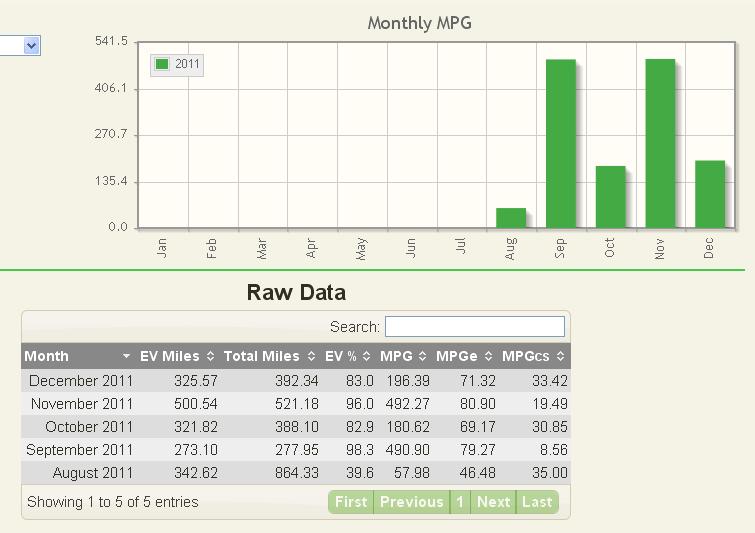 How about the numbers?
How about the numbers?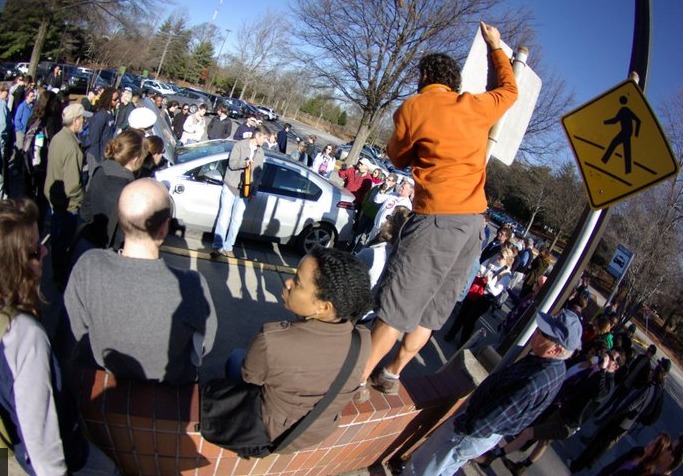 The fundamental reason why I have been pushing it like this is because I knew that sooner or later the inevitable success of EVs would start to really threaten the bottom of line of the current vested interests (e.g. the oil giants, companies that profit from endless oil wars, etc.) and that’s when the misinformation campaigns would begin in earnest. Let me be clear: they are lying to you, and you should simply ignore them.
The fundamental reason why I have been pushing it like this is because I knew that sooner or later the inevitable success of EVs would start to really threaten the bottom of line of the current vested interests (e.g. the oil giants, companies that profit from endless oil wars, etc.) and that’s when the misinformation campaigns would begin in earnest. Let me be clear: they are lying to you, and you should simply ignore them. The big decision I have to make by then is whether it will be a pure electric, or a “range extended” electric like the Volt I have now.
The big decision I have to make by then is whether it will be a pure electric, or a “range extended” electric like the Volt I have now. 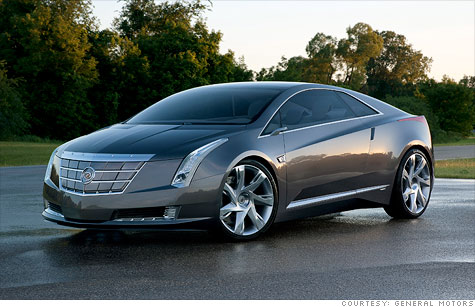 It’s nice having the gas engine there as a backup, but it adds significant cost, weight and maintenance complexity to the car. I may decide that a 100-mile range pure electric car is good enough for me, even for “suburb days”, and I’ll just rent a car for the one or two times a year we go on a big road trip. And I might not even need to do that rare rental for roadtrips, because in the last year thousands of public charging stations have popped up all over the country (the map here is from the excellent
It’s nice having the gas engine there as a backup, but it adds significant cost, weight and maintenance complexity to the car. I may decide that a 100-mile range pure electric car is good enough for me, even for “suburb days”, and I’ll just rent a car for the one or two times a year we go on a big road trip. And I might not even need to do that rare rental for roadtrips, because in the last year thousands of public charging stations have popped up all over the country (the map here is from the excellent 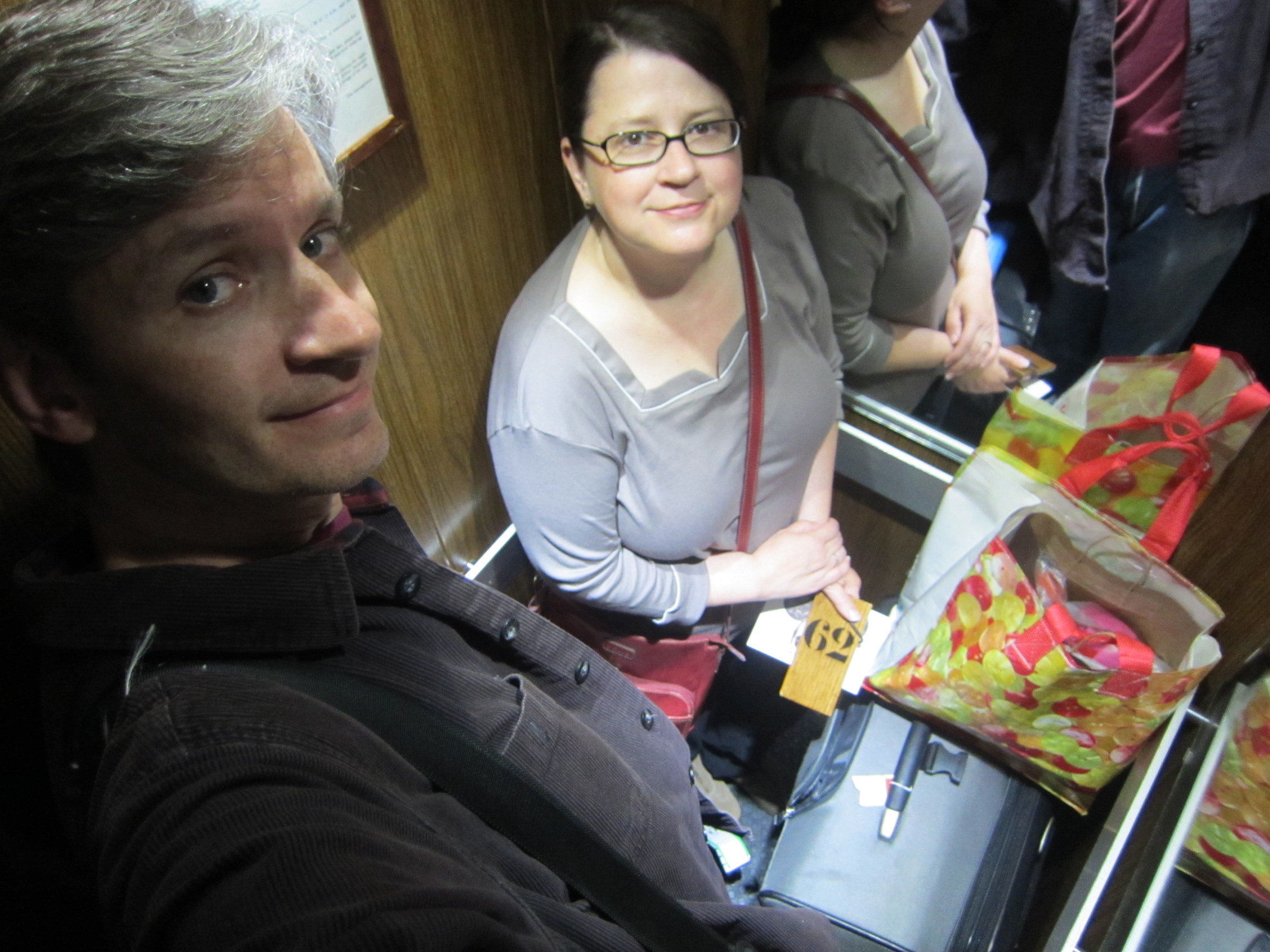 And now the long trek back home.
And now the long trek back home.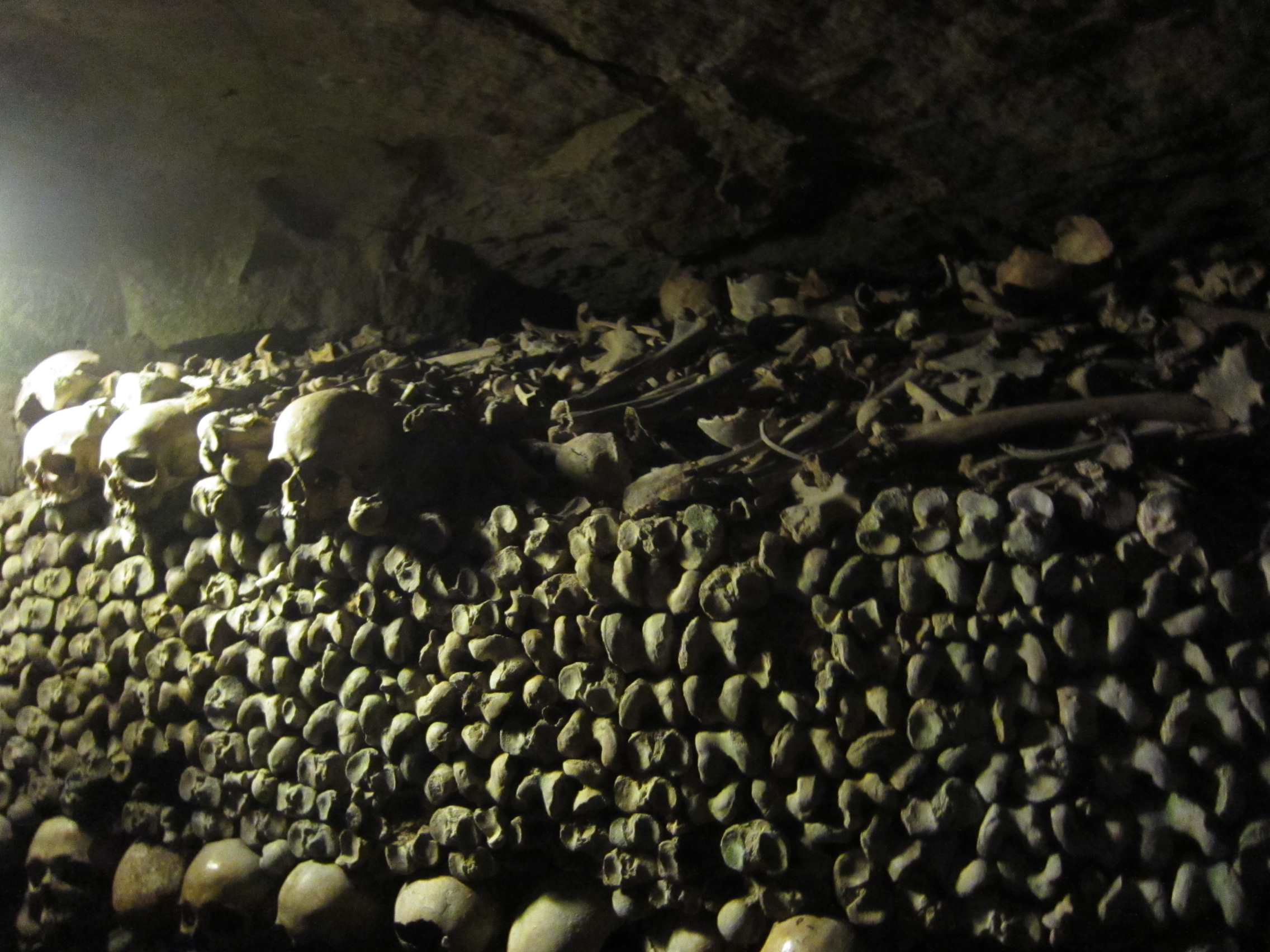 First, the
First, the  Next, over to the
Next, over to the 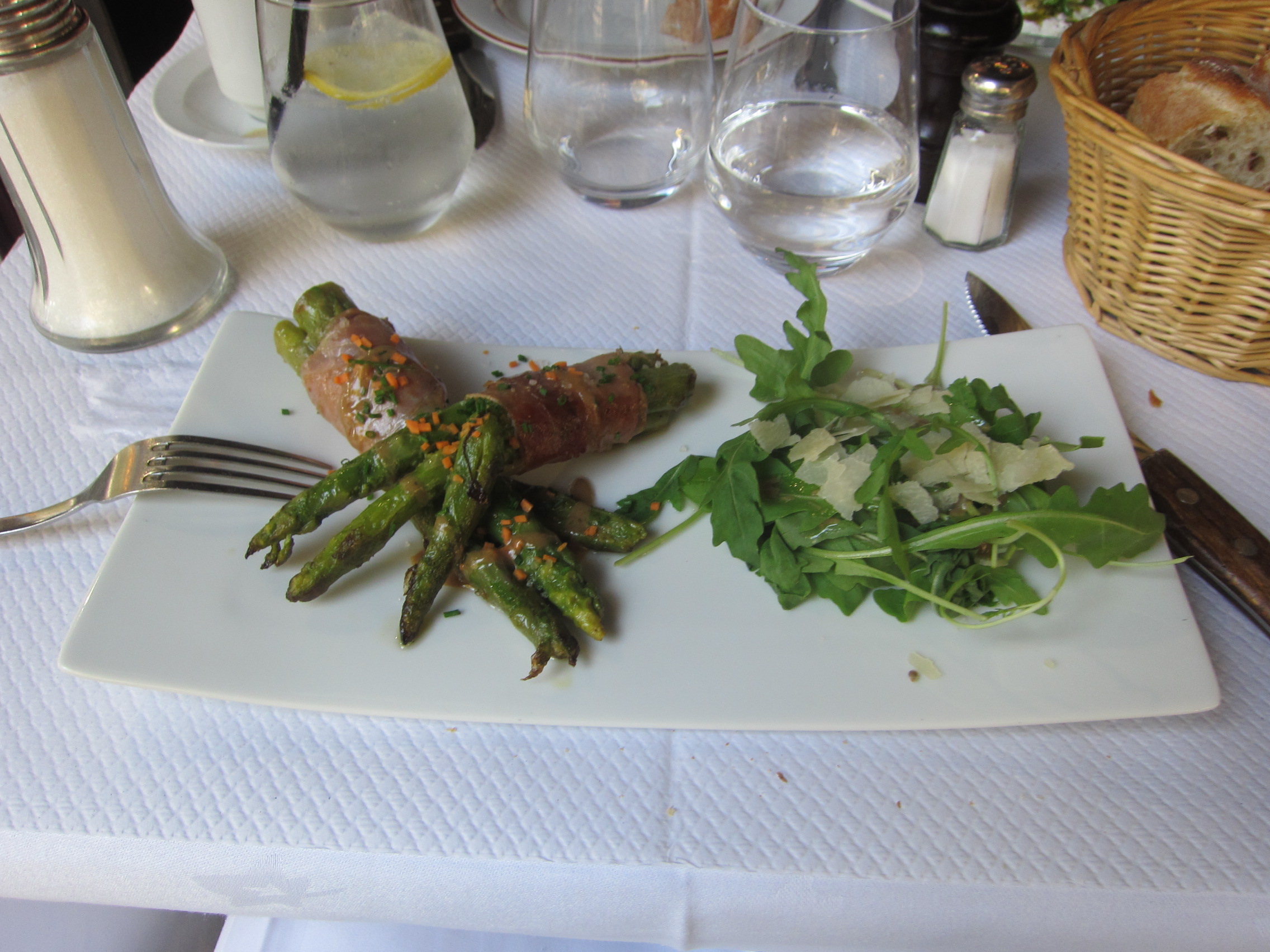 Lunchtime! Found a very nice restaurant, balked at the prices a bit and settled for a delicious lunch of two appetizers (shown is asparagus wrapped in proscuitto). Next door was a random toy shop that also separated us from more money. Sharon continues to be fixated on
Lunchtime! Found a very nice restaurant, balked at the prices a bit and settled for a delicious lunch of two appetizers (shown is asparagus wrapped in proscuitto). Next door was a random toy shop that also separated us from more money. Sharon continues to be fixated on 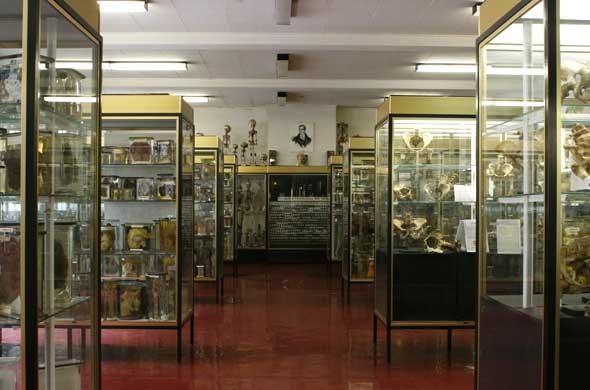 Next, the
Next, the  Moving on! At this point we were making good time, so we headed for the
Moving on! At this point we were making good time, so we headed for the 

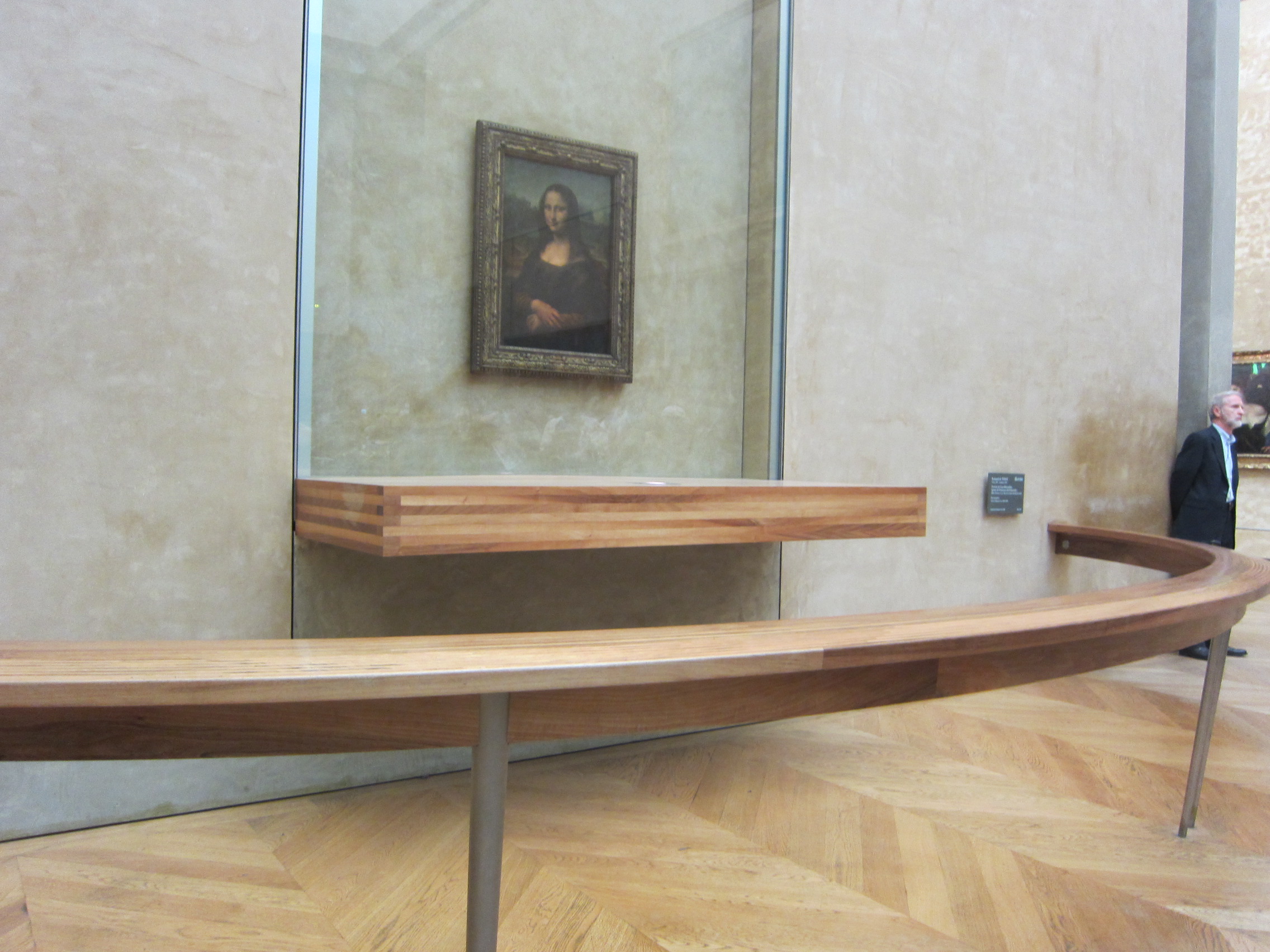 (independently), seeking out various obvious highlights — a Mona Lisa here, a Venus de Milo there, et cetera. Chris was most stunned by the entire medieval fortress (that the Louvre was eventually built over) that had been excavated out under one of the wings. The Louvre is a museum without peer — it is an entire city of artwork, the entirety of human artistic endeavor under one roof, from the Code of Hammurabi to Napoleanic decorative riches. At some point in the Louvre we caught a bite to eat at a cafe, so afterwards it was straight back to the hotel to collapse.
(independently), seeking out various obvious highlights — a Mona Lisa here, a Venus de Milo there, et cetera. Chris was most stunned by the entire medieval fortress (that the Louvre was eventually built over) that had been excavated out under one of the wings. The Louvre is a museum without peer — it is an entire city of artwork, the entirety of human artistic endeavor under one roof, from the Code of Hammurabi to Napoleanic decorative riches. At some point in the Louvre we caught a bite to eat at a cafe, so afterwards it was straight back to the hotel to collapse. Thankfully the TGV ride to Paris was just about perfect. TGV stands for
Thankfully the TGV ride to Paris was just about perfect. TGV stands for 
 After a respite and a quick wash to remove the Paris Metro slime, we were back out on the streets. Tonight’s one destination would be the
After a respite and a quick wash to remove the Paris Metro slime, we were back out on the streets. Tonight’s one destination would be the  As we would also see later in the Louvre, the scale of the building allows them to put on display truly huge artwork, such as
As we would also see later in the Louvre, the scale of the building allows them to put on display truly huge artwork, such as  The
The 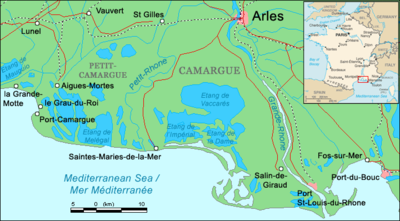





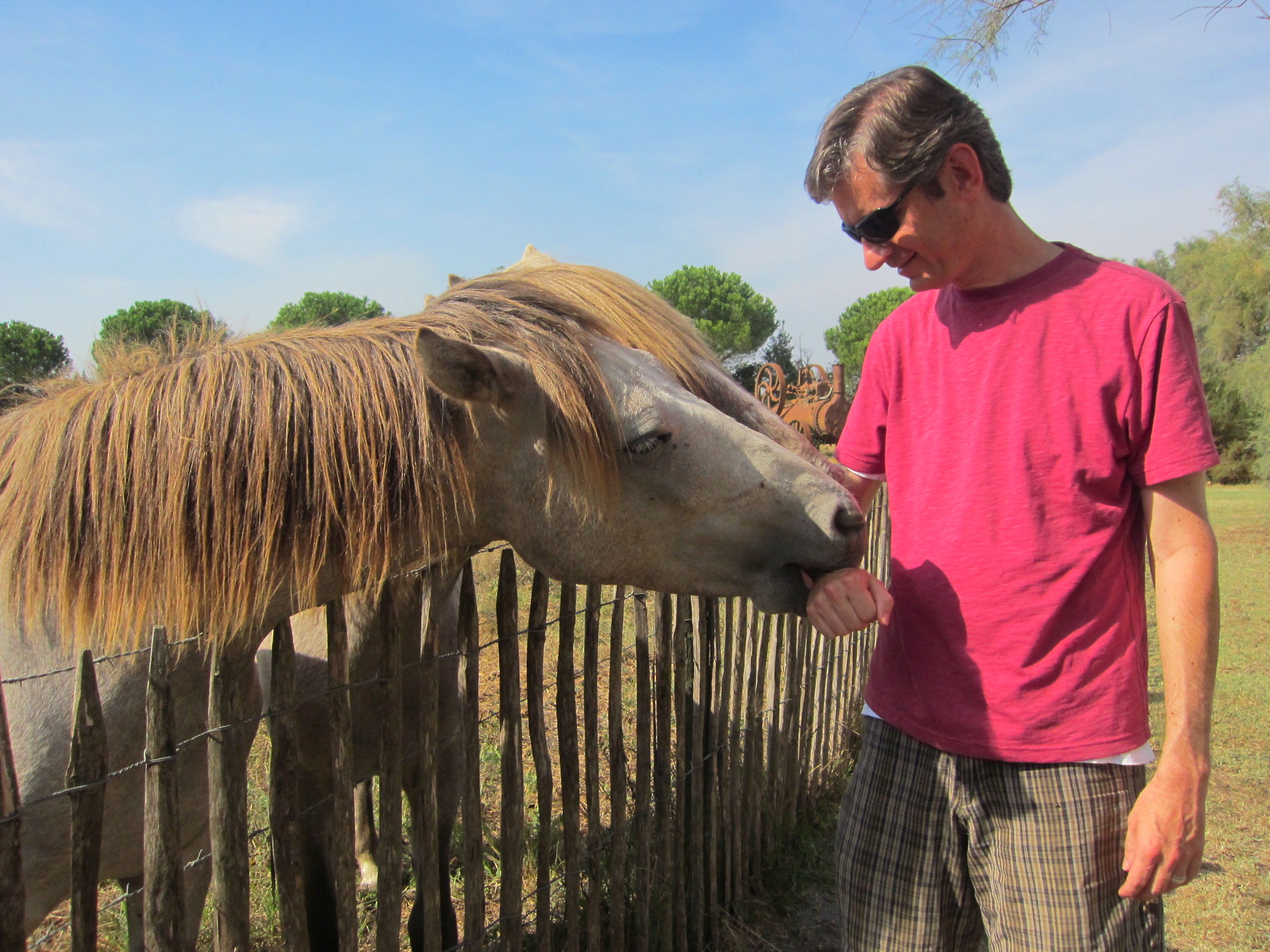 We played and petted them for about 15 minutes and we were sad to leave.
We played and petted them for about 15 minutes and we were sad to leave. 

 de the fortress and have shops and cafes going, where they refuse to serve meals at appropriate times. The museum shop had a cat that was very used to the crowds of young students on field trips.
de the fortress and have shops and cafes going, where they refuse to serve meals at appropriate times. The museum shop had a cat that was very used to the crowds of young students on field trips.
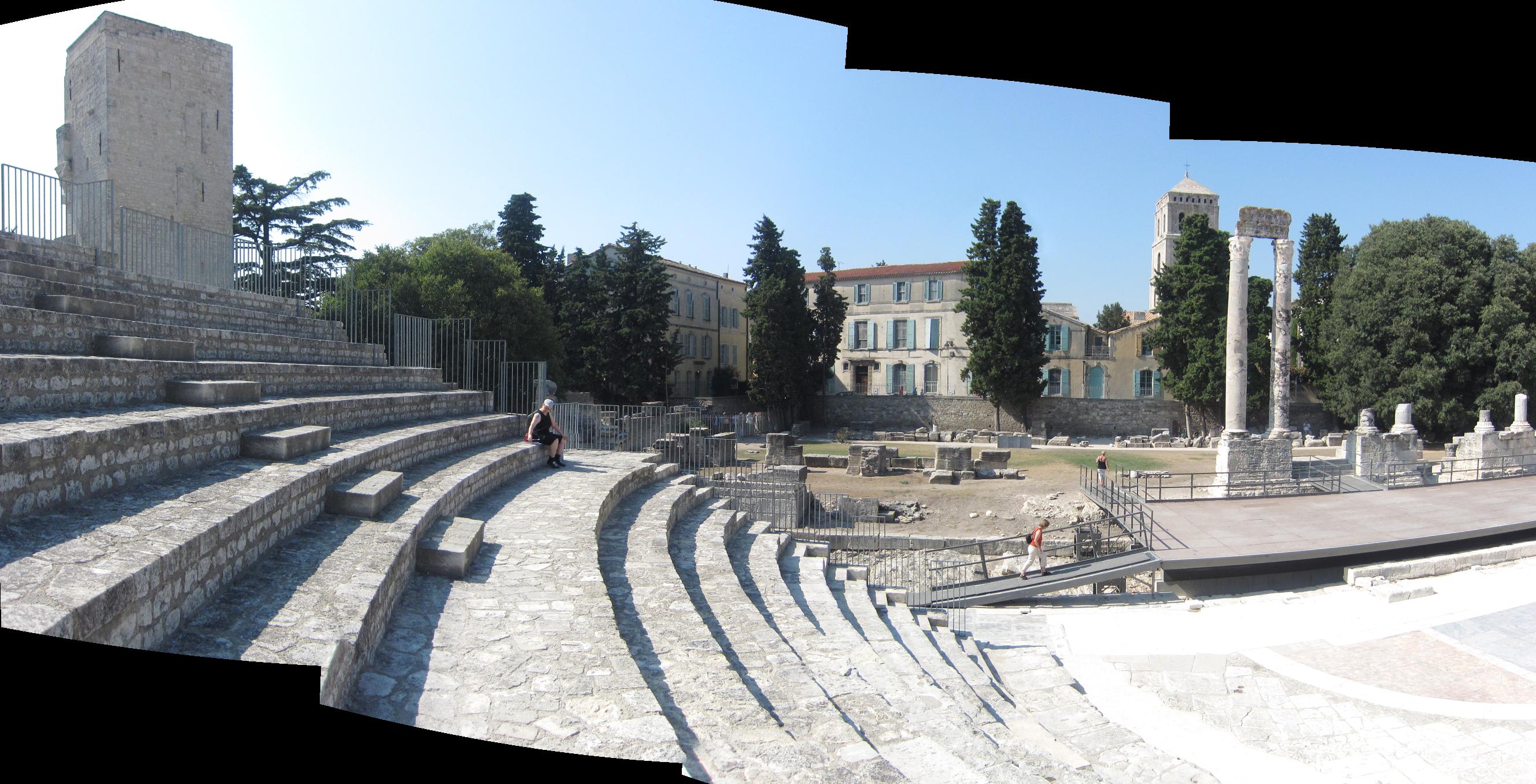
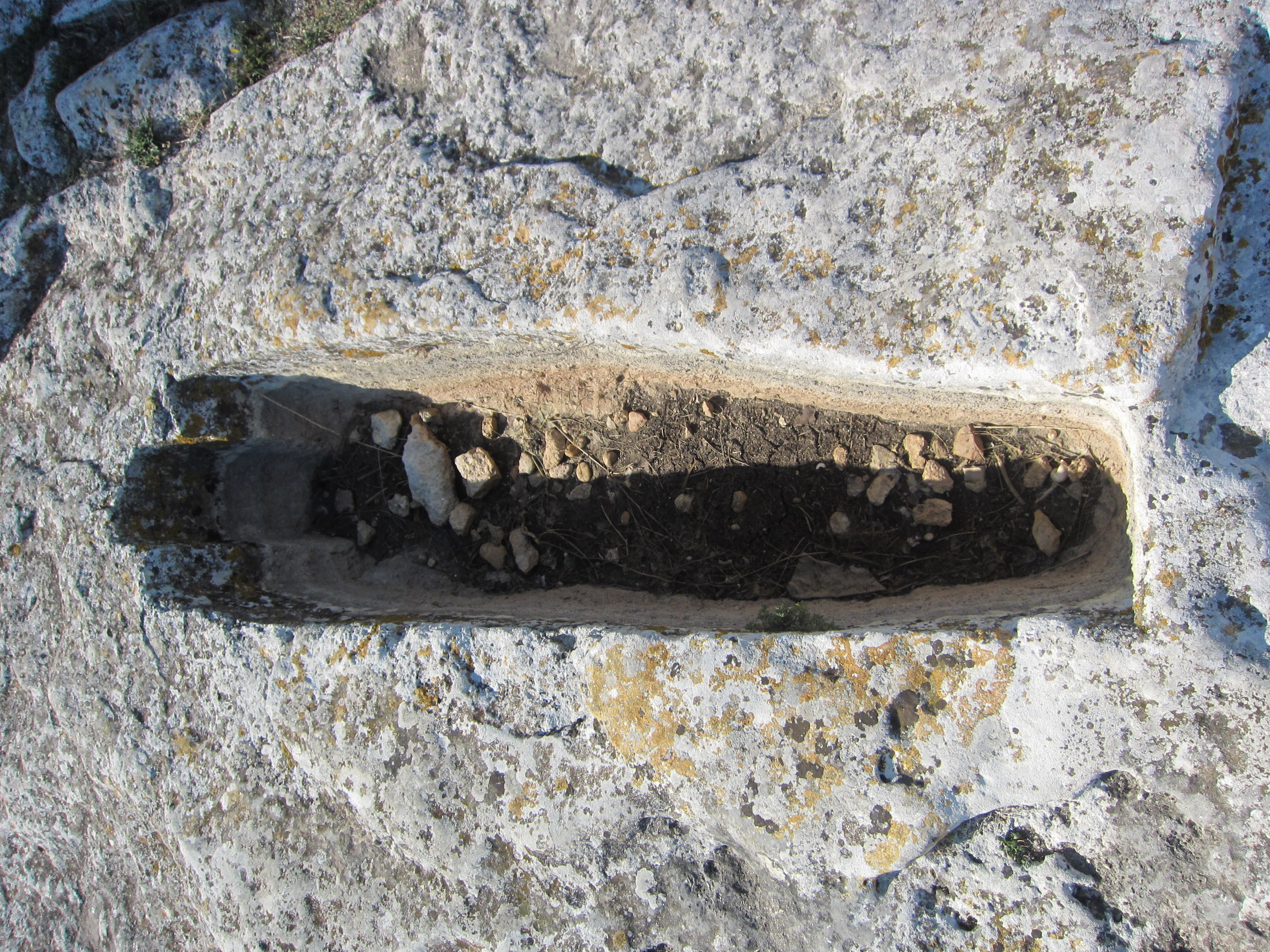 After wandering Arles for a bit, we hit the road again, stopping first to fuel up the car. Diesels are extremely popular cars all over Europe, both due to their inherent efficiency and even some government subsidies. Nearly every car model is offered with a diesel version, and the muffled clatter of the diesel engine is heard everywhere here. A stop at the gas station tells you why they are so sensitive to efficiency here — gas and diesel cost twice as much here as in the U.S. Filling up the small VW’s tank costed us $100.
After wandering Arles for a bit, we hit the road again, stopping first to fuel up the car. Diesels are extremely popular cars all over Europe, both due to their inherent efficiency and even some government subsidies. Nearly every car model is offered with a diesel version, and the muffled clatter of the diesel engine is heard everywhere here. A stop at the gas station tells you why they are so sensitive to efficiency here — gas and diesel cost twice as much here as in the U.S. Filling up the small VW’s tank costed us $100.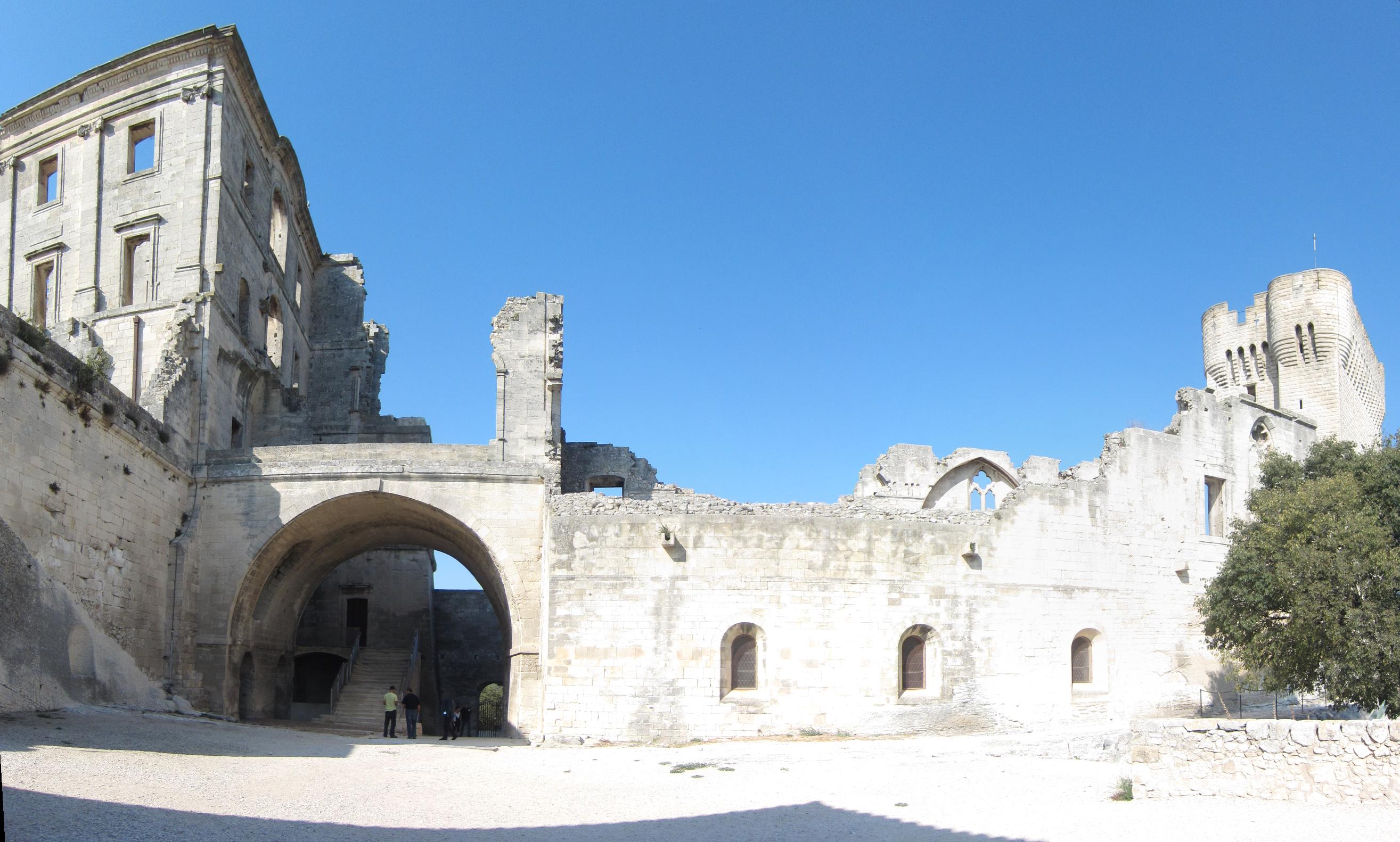
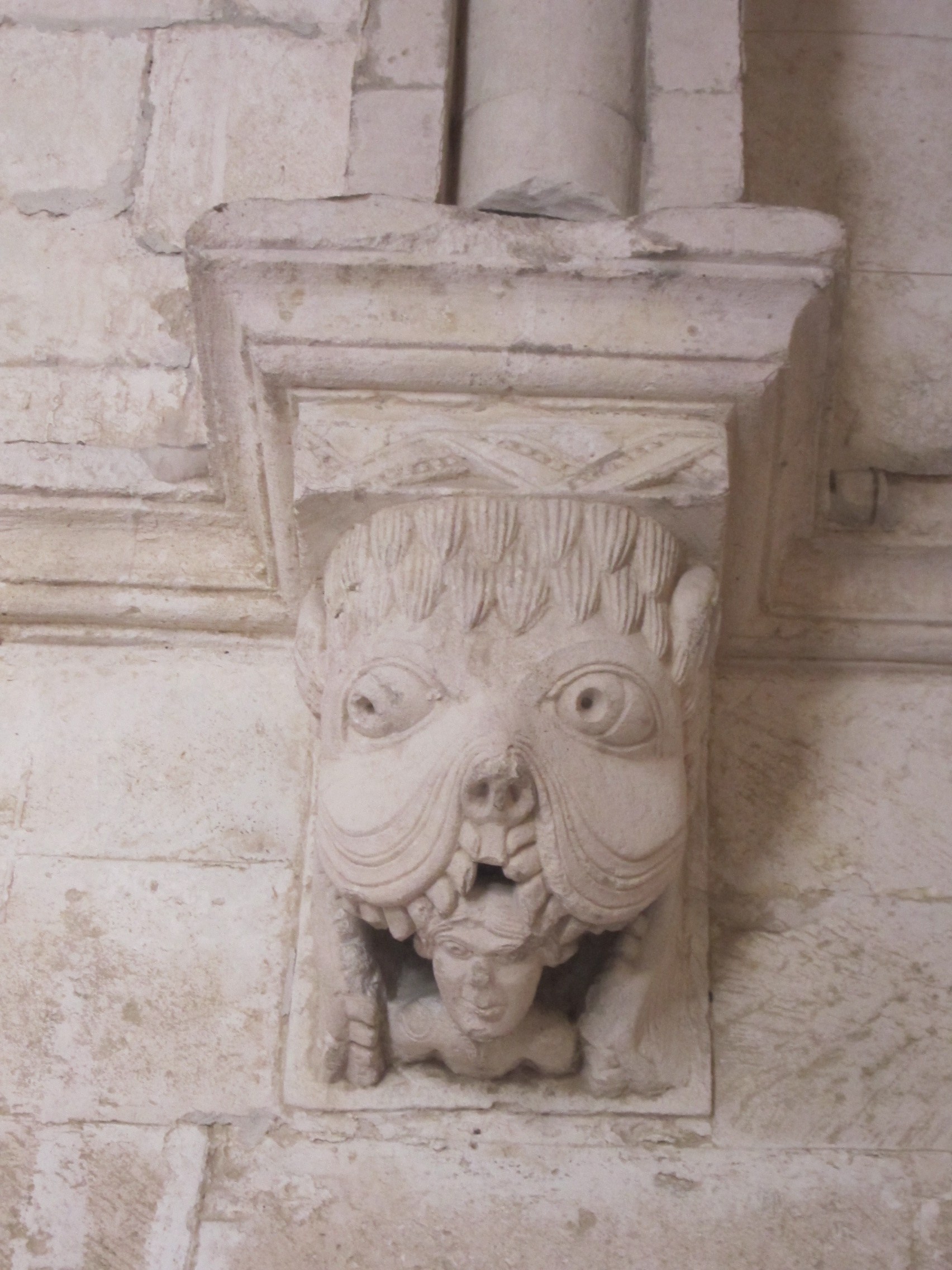 Back on the road, after only a couple miles we reached the
Back on the road, after only a couple miles we reached the 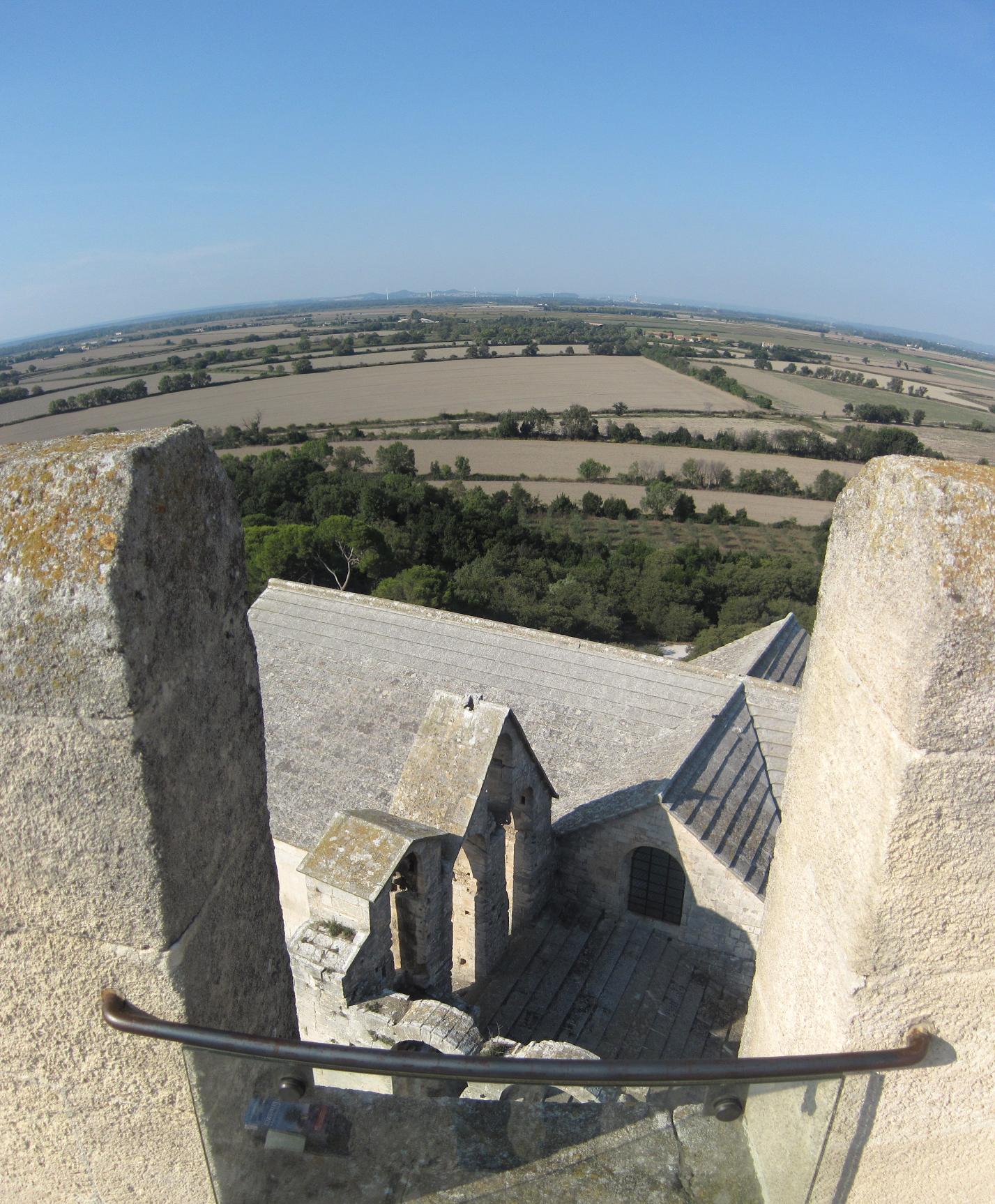 but ran into the fact that restaurants in France open for lunch, close for a few hours, then re-open at 7pm for dinner. And so began our trip of gentle starvation.
but ran into the fact that restaurants in France open for lunch, close for a few hours, then re-open at 7pm for dinner. And so began our trip of gentle starvation.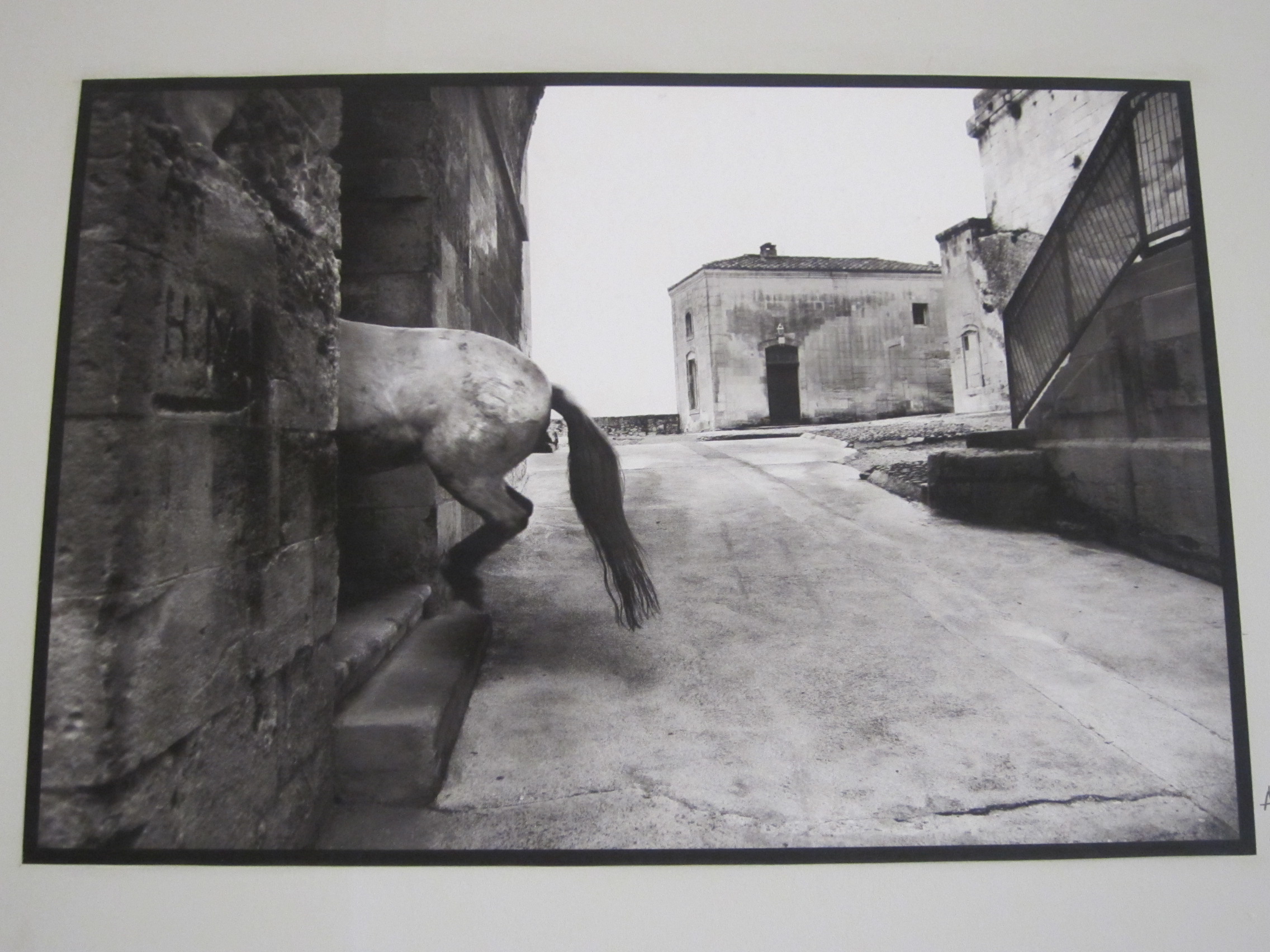 Anyway, back to the abbey. Built on top of (and in some places carved into) a small rocky outcrop, this Benedectine monastery was just an incredible place. From the gravesites carved into solid rock (see above picture) to the massive stone arches to the tower with the stunning views of the countryside, this was one of our favorite destinations.
Anyway, back to the abbey. Built on top of (and in some places carved into) a small rocky outcrop, this Benedectine monastery was just an incredible place. From the gravesites carved into solid rock (see above picture) to the massive stone arches to the tower with the stunning views of the countryside, this was one of our favorite destinations.  Most freaky of all were the gargoyle carvings on the columns around the cloister, such as this one of the fabled tarasque monster having a snack. And then we stumbled across a little gallery in the middle of it all, where the french artist
Most freaky of all were the gargoyle carvings on the columns around the cloister, such as this one of the fabled tarasque monster having a snack. And then we stumbled across a little gallery in the middle of it all, where the french artist 
 with leftovers from the previous day. Breads, cheeses, weisewurst, sausage salad and cakes were all consumed as well as coffee with beer chasers. That’s right, beer for breakfast. We packed up, said our goodbyes and Renate drove us to the airport.
with leftovers from the previous day. Breads, cheeses, weisewurst, sausage salad and cakes were all consumed as well as coffee with beer chasers. That’s right, beer for breakfast. We packed up, said our goodbyes and Renate drove us to the airport.